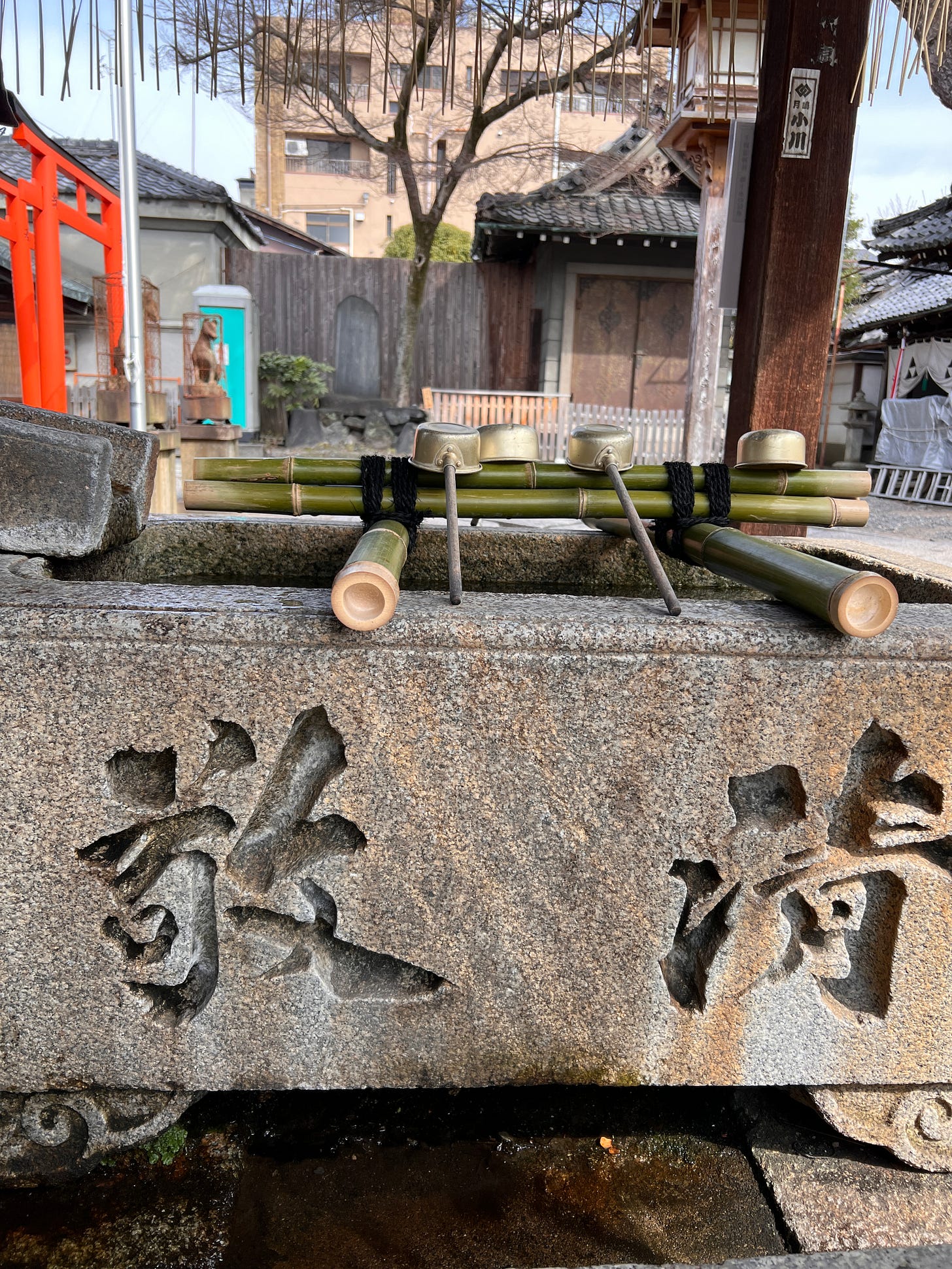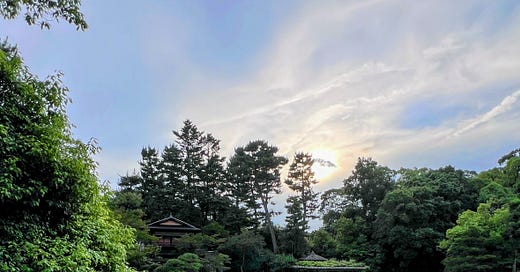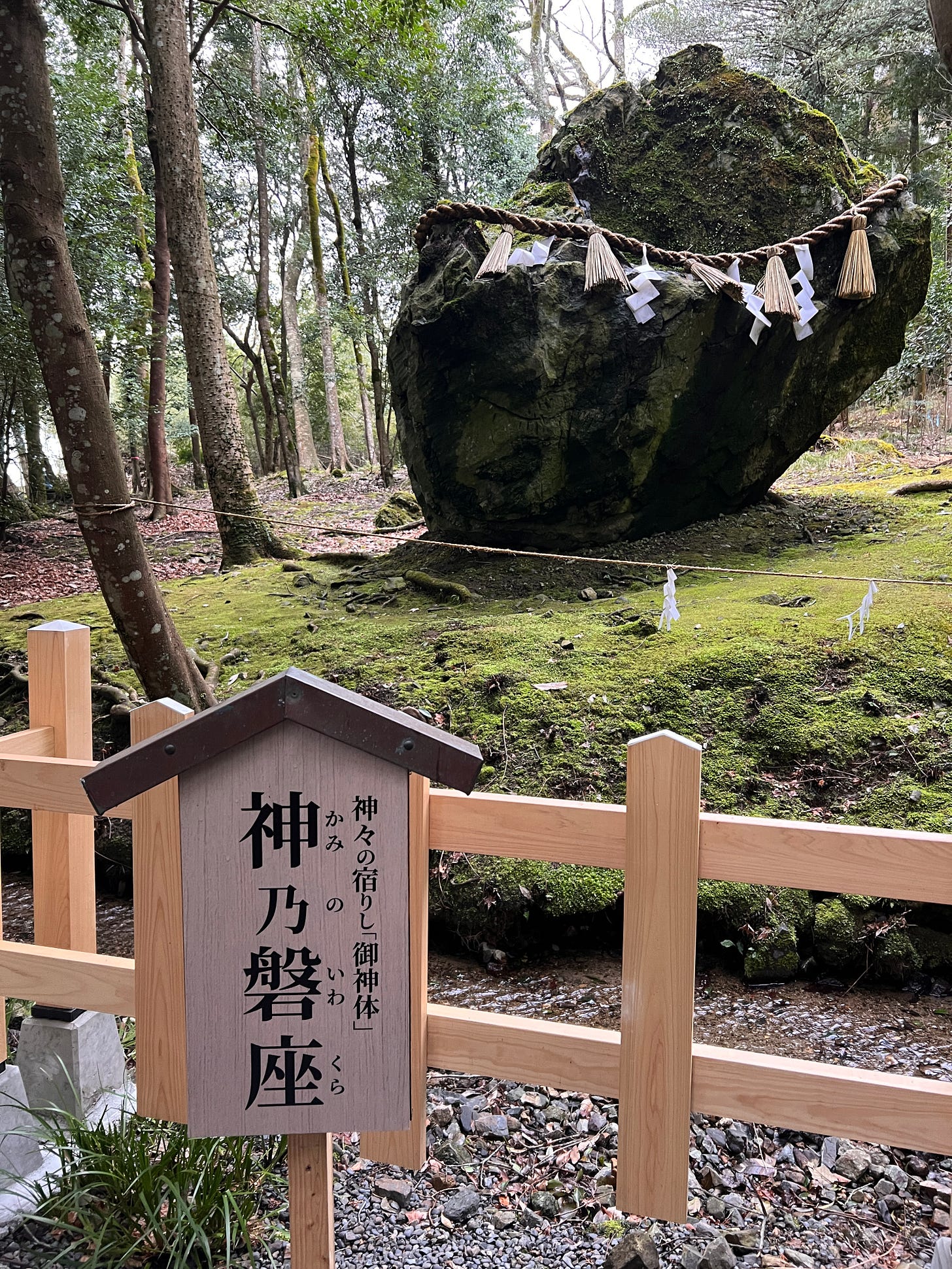We now enter July, transitioning from 水無月 ‘minazuki’ (no water month) to 文月 ‘fumizuki’ (letter month) based on the Japanese old calendar 旧暦.
Minazuki in June is closely linked to the great need for water during rice planting season in Japan. While Fumizuki aligns with the July 7 event called ‘tanabata’ based on a centuries-old Chinese festival 七夕节. Japanese people, old and young (in childcares too), would write wishes on colorful pieces of papers to hang on bamboo branches.
June has been wet with lots of expected and also unpredictable rain. This weekend’s rain has continued on. And so I have been down with yet another episode of cold with painful sore throat and light headaches.
I have resigned to the fact that this is my year of big illness and small sickness. Hot teas have been my wonderful companions.
Water
Roughly 70% of our human body is made up of water. Tea leaves, on the other hand, is about losing water content of up to 95%.
Previously, I have written about tea kettles. Boiling water as the first step in making tea. “First you heat the water, then you make the tea. Then you drink it properly,” said Sen no Rikyu, an influential 16th century Japanese tea master.
Lu Yu 陆羽, a Chinese Tang-dynasty icon born in 733 AD known for 茶经 The Classic of Tea book realized the importance of quality water in brewing tea. He stumbled upon a clear spring water which he brewed tea with and it tasted unexpectedly better than usual.
Good tea ultimately boils down to having suitable soft water, roughly TDS (Total Dissolved Solids) in PPM or mG/L between 15-40.
But there is also an often neglected element to valuing water.
Water and Shintoism
Amidst all the scientific and technological interventions regarding water use and conservation, pollution, and recycling, the spiritual and cultural value of water is often overlooked. — Chiang, Basu, Sano (2023) in Water and Shintoism: Exploring the Link between Spirituality and Water Values in JapanShintoism is indigenous to Japan, tracing as far back to the Japan’s Yayoi period (300 BC to 300 AD) before the arrival of Taoism, Confucianism, Buddhism, Zen which have deep influence in Japan through to today.
Shintoism believes in the relationship between Kami 神 (gods), human beings, and nature. Kami are believed to inhabit natural elements in rocks, streams, trees, mountains. As such, there are multiple kami of wind, mountains, sea, thunder, trees, rivers.
Purity has great value in Shintosim and it can be restored through rituals to clean one’s body and mind. For instance, standing under waterfall is said to clean one’s spiritual impurity. Temizuya, a Shinto purification ritual, is where visitors clean their hands and mouths before entering shrines.
Drinking sacred spring water at shrines enables one to reach physical and spiritual health - to keep the body, mind, spirit/heart free from negative energy and open to receive divine blessings.
Valuing of water is deeply embedded among Japanese people, from reverence, purity, to mindful conservation and use.
Water and Shrines
Earlier this year, I had a curious exploration on the theme of water in and around Kyoto with a Kameoka sustainability and travel expert (Anna Namikawa) and a Kyoto tea master (Dairik Amae).
We visited locally-known wells with clear spring, divine water 御神水 typically found at Shinto shrines. It is a common sight across these wells with locals filling up their empty bottles with these sacred water, believed to treat ailments and for longevity sake.
Izumo Daijingu 出雲大神宮, a 1300 years old Shinto shrine, dates back to 709 AD. The current 14th-century reconstruction is designated as a national important cultural property. The shrine is known as a match-making site with pure sacred water from the Manai well.

Somei well in the 1885-established Nashinoki Shrine 梨木神社 is situated in the East of the Kyoto Imperial Palace. This well is one of the top 3 famous Kyoto wells, the only remaining well with running water currently. It is highly valued by Chado 茶道 or Chanoyu 茶の湯 Japanese tea ceremony practitioners with its water used for the imperial court in the old days.

Shimogoryo shrine下御霊神社 is located at the Southeast corner of the Kyoto Imperial Palace. It is a shrine dedicated to aristocrats who died from wrongful accusations which then believed to have led to epidemic and disasters during the Heian period. Japanese tea practitioners and locals, including those from nearby restaurant/cafe establishments, would visit here for the famously delicious spring water.

Kyoto and Water
Kyoto is a city blessed with an abundance of pure water. It sits on top of a huge supply of groundwater (sometimes claimed to be as large as Lake Biwa) since it lies in a basin with two intersecting rivers: Kamogawa to the East and Katsuragawa to the West.
The rich network of underground natural spring water sources have historically benefitted many Kyoto food and cultural trades with heavy reliance on quality water:
Tofu, soybeans, miso paste and related cuisines
Kyo-vegetables 京野菜
Dyed textiles or Kyo-yuzen 京友禅
Rice
Sake brewing
Tea ceremony
Ikebana
Pottery
Japanese wagashi or sweets
However, Japan is also not spared from intense and unpredictable weather patterns from climate change — From the 2023 dry spell causing a drop in the water level of Lake Biwa, Japan’s largest freshwater lake and main water supply to the Kansai area which includes Kyoto; To this year’s frequent rainfall which may affect productions and quality of crops sensitive to water (rice and tea leaves included).
Water holds profound cultural and spiritual significance in Japan. It is not only a fundamental resource to sustain life but it is also deeply entrenched in the Japanese deep reverence for nature and its key elements.
I am curiously intrigued by it. For now, I need to first soothe myself into great health, continuing to sip and savor hot teas for comfort and calm








Be like water, said Lao Tzu. It is indeed sacred and it is life!